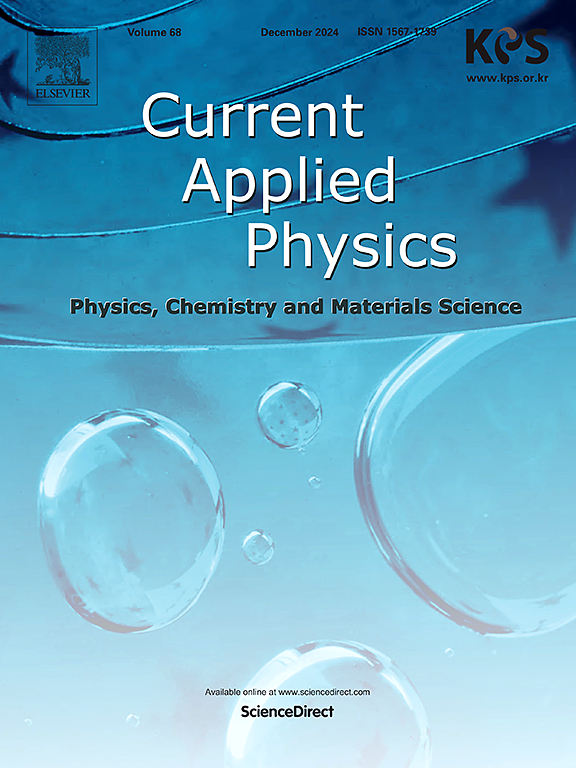Lanthanum and oxygen incorporated MoS2 for advanced aqueous zinc ion batteries
IF 3.1
4区 物理与天体物理
Q3 MATERIALS SCIENCE, MULTIDISCIPLINARY
引用次数: 0
Abstract
Aqueous zinc ion batteries (ZIB) are gaining more attention due to their potential for sustainable energy storage solutions. However, the limited selection of appropriate anodic materials presents a significant obstacle to the widespread development of ZIB. To provide more options for anodic materials, constant efforts are necessary to develop anodes with high Zn2+ mobility and excellent reversibility. Herein, we fabricate La and O co-incorporated MoS2 nanosheets (denoted as La-O-MoS2) using a facile and universal strategy, which significantly enhances the specific capacity of MoS2. The La-O-MoS2 shows expanded interlayer spacing, and this extended interlayer channel plays a crucial role in the transportation of [Zn(H2O)6]2+. As a result, La-O-MoS2 achieves higher specific capacity compared to MoS2. The rare earth doping strategy is also capable of generating innovative materials with distinctive structures that can be used to various multivalent ion batteries.

镧和氧结合MoS2用于先进的水性锌离子电池
水性锌离子电池(ZIB)因其作为可持续能源存储解决方案的潜力而受到越来越多的关注。然而,合适的阳极材料的选择有限是ZIB广泛发展的一个重大障碍。为了为阳极材料提供更多的选择,需要不断努力开发具有高Zn2+迁移率和优异可逆性的阳极。本文采用一种简单、通用的方法制备了La-O-MoS2纳米片,显著提高了MoS2的比容量。La-O-MoS2表现出扩大的层间距,这种扩大的层间通道在[Zn(H2O)6]2+的输运中起着至关重要的作用。因此,与MoS2相比,La-O-MoS2获得了更高的比容量。稀土掺杂策略也能够产生具有独特结构的创新材料,可用于各种多价离子电池。
本文章由计算机程序翻译,如有差异,请以英文原文为准。
求助全文
约1分钟内获得全文
求助全文
来源期刊

Current Applied Physics
物理-材料科学:综合
CiteScore
4.80
自引率
0.00%
发文量
213
审稿时长
33 days
期刊介绍:
Current Applied Physics (Curr. Appl. Phys.) is a monthly published international journal covering all the fields of applied science investigating the physics of the advanced materials for future applications.
Other areas covered: Experimental and theoretical aspects of advanced materials and devices dealing with synthesis or structural chemistry, physical and electronic properties, photonics, engineering applications, and uniquely pertinent measurement or analytical techniques.
Current Applied Physics, published since 2001, covers physics, chemistry and materials science, including bio-materials, with their engineering aspects. It is a truly interdisciplinary journal opening a forum for scientists of all related fields, a unique point of the journal discriminating it from other worldwide and/or Pacific Rim applied physics journals.
Regular research papers, letters and review articles with contents meeting the scope of the journal will be considered for publication after peer review.
The Journal is owned by the Korean Physical Society.
 求助内容:
求助内容: 应助结果提醒方式:
应助结果提醒方式:


